It's fascinating how buried treasure and historical artifacts lay hidden beneath the earth, waiting to be discovered by those with a keen eye. Metal detecting enthusiasts have long been intrigued by the idea of uncovering buried metal objects that others have overlooked.
In this blog post, we will explore the techniques and tools used by treasure hunters to help you hone your skills and increase your chances of spotting hidden treasures that others may have missed.
Fundamentals of Metal Detection
How Metal Detectors Work
While metal detectors may seem like simple devices, they actually utilize sophisticated technology to detect buried metal objects.
These devices work by transmitting an electromagnetic field into the ground. When the field encounters a metal object, it disrupts the field, creating a signal that is detected by the device.
Different Technologies in Metal Detection
The effectiveness of a metal detector largely depends on the technology it uses. The two main types of metal detection technologies are Very Low Frequency (VLF) and Pulse Induction (PI).
VLF detectors are more common and are ideal for detecting hidden treasure and smaller metal objects closer to the surface. On the other hand, PI detectors are better suited for deeper detection and are less affected by mineralized soil.
A metal detector may use a combination of VLF and PI technologies to provide a more comprehensive detection capability, enabling treasure hunters to detect a wide range of metal objects at various depths.
Techniques for Improving Detection
Ground Balancing Explained
Any successful metal detectorist knows that ground balancing is a crucial technique for optimizing detection in various soil conditions and to find hidden treasure.
The process of ground balancing allows the treasure hunter to filter out mineralized soil signals, ensuring that only valuable metal objects are detected.
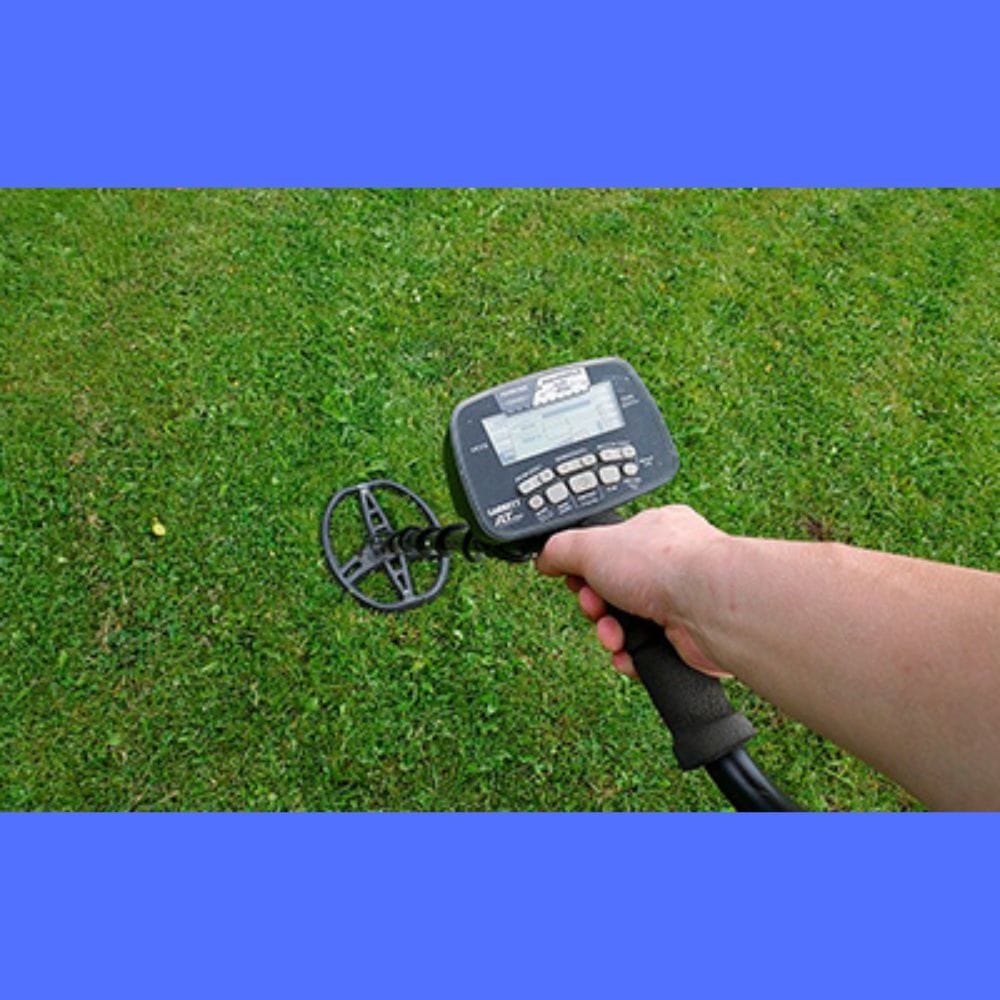
Understanding Signal Strength and Depth Indicators
Strength indicators on a metal detector provide vital information about the signal being received from a metal object.
Understanding these indicators can help detectorists determine the depth at which a target is buried and its size. A strong signal indicates a shallow target, while a weaker signal may suggest a deeper target.
Strategies for Successful Searches
The Effects of Soil Composition on Detection
Soil composition plays a critical role in treasure hunting and metal detecting. Different types of soil, such as sandy, clay-heavy, or loamy soil, can impact the signal response from buried metal objects.
Conduct research on the soil composition of your search area to better understand how it might affect your detection efforts. Adjust your detection settings and techniques accordingly to optimize your chances of finding buried treasures.
Best Practices for Sweeping a Search Area
For successful searching, it is crucial to sweep the search area systematically in a grid pattern. Start from one end and move in a straight line, overlapping each sweep slightly to ensure thorough coverage.
Keep the coil close to the ground while sweeping in a slow and steady motion. Also, be mindful of your swing speed and maintain a consistent pace to avoid missing real buried treasure and other metal objects.
Avoid rushing through the search process, as haste can result in overlooking potential targets. Do not forget, patience and attention to detail are key to maximizing your treasure hunt and chances of detecting buried metal objects effectively.
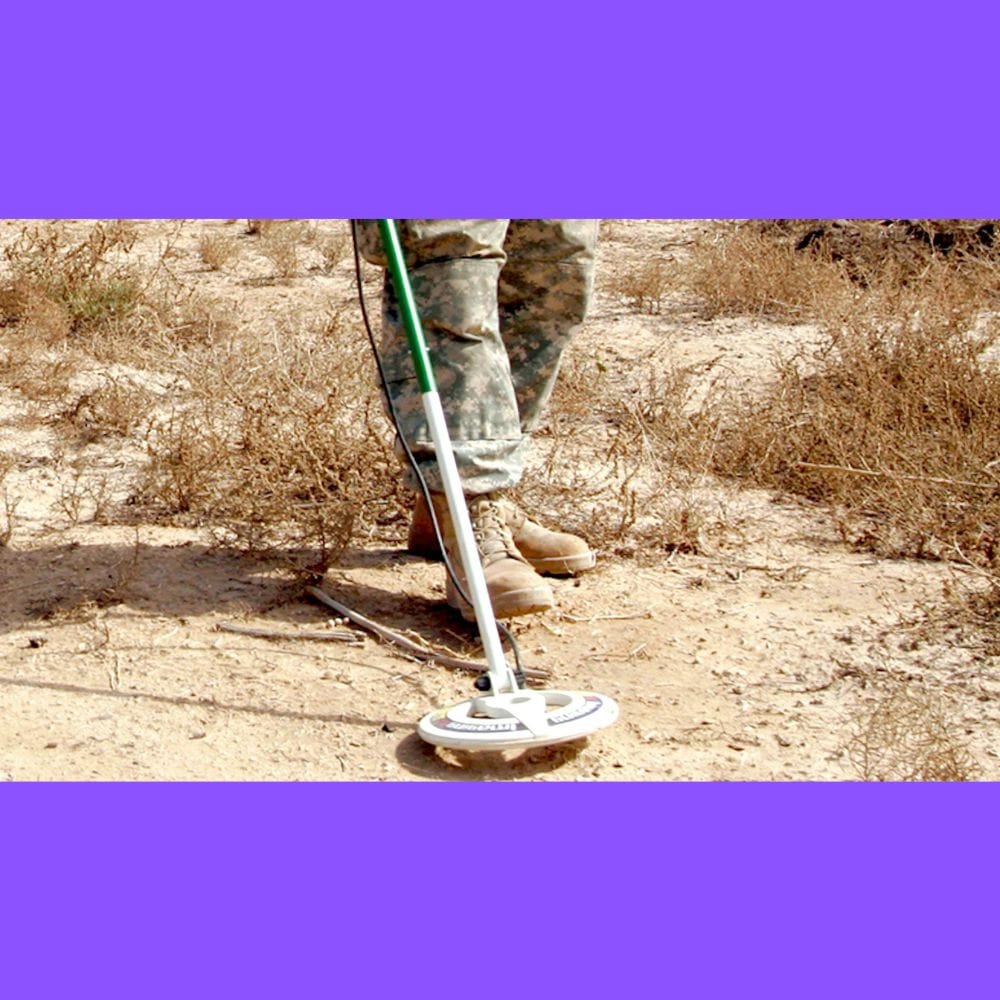
Advanced Tools and Tips
Software and Apps to Enhance Metal Detection
| Software/App | Features |
| Detector Tools | Allows for customizing settings and patterns for specific types of targets. |
| GPS Mapping | Enables marking and tracking of detected items for future reference. |
For an even more advanced metal detecting experience, consider incorporating software and apps into your arsenal.
Detector Tools can help tailor your settings for different targets, while GPS mapping features allow for effective item tracking and site mapping for future exploration.
Utilizing Metal Detection Accessories
| Accessory | Function |
| Pinpointers | Help narrow down the search area for precise locating of metal objects. |
| Coil Covers | Protect the search coil from scratches and damage, extending its lifespan. |
An necessary aspect of maximizing your metal detection capabilities is by utilizing the right metal detection accessories. Pinpointers can significantly enhance your efficiency in locating buried metal objects by narrowing down the search area, while coil covers help protect your equipment from wear and tear, ensuring longevity.
Detection of buried metal objects can be greatly enhanced by utilizing accessories such as pinpointers and coil covers, as well as leveraging software and apps like Detector Tools and GPS mapping.
These tools not only streamline the detection process but also improve accuracy and efficiency in uncovering hidden treasures.
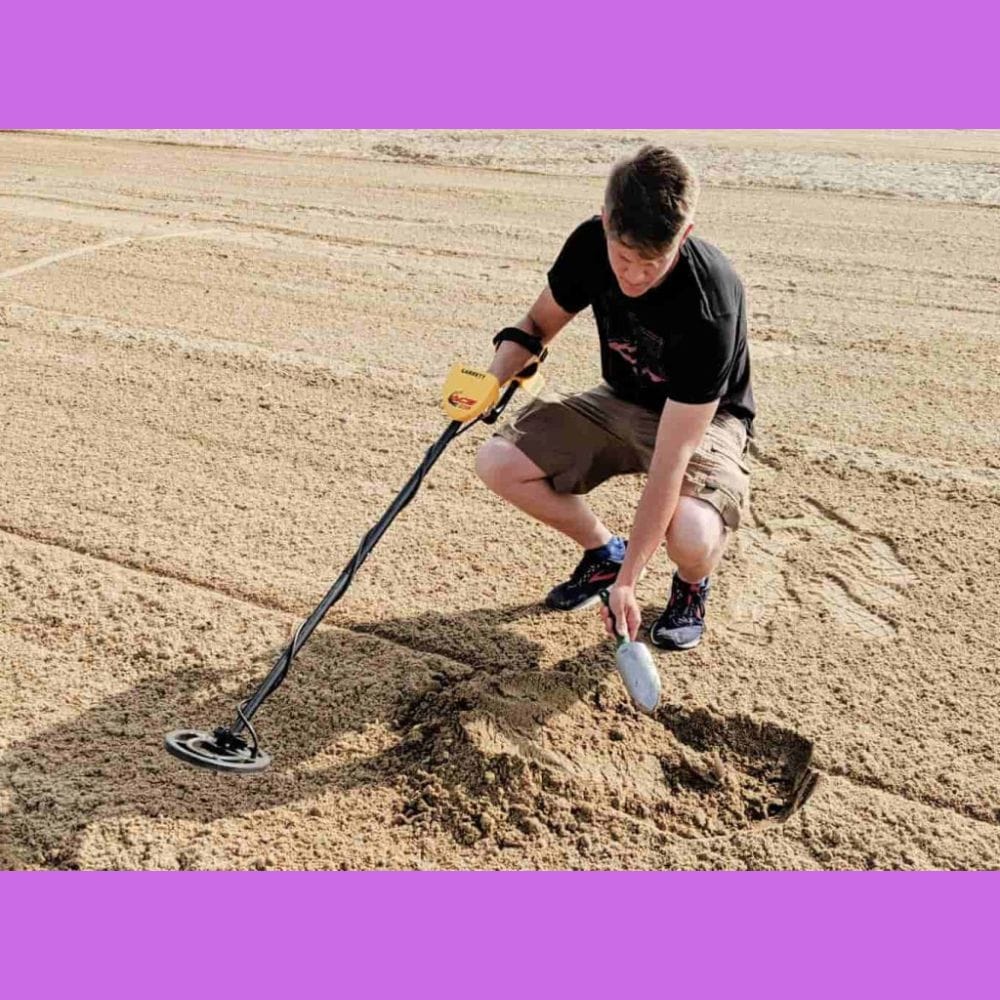
Conclusion
With this in mind, detecting buried metal objects requires not only the right equipment but also a keen eye for detail and a thorough understanding of the surrounding environment.
By utilizing advanced metal detectors and employing proper search techniques, individuals can increase their chances of spotting buried metal objects that others may have missed.
Bear in mind, practice and experience are key in honing your skills as a detectorist. So, get out there, grab your treasure map, and find treasure and other relics!
FAQ
Q: What is the importance of detecting buried metal objects?
A: Detecting buried metal objects is important for various reasons such as locating valuable items like jewelry, gold coins, silver coins, old coins, finding historical artifacts, locating buried utilities, and even for safety reasons to avoid hazards.
Q: How does a metal detector work in detecting buried objects?
A: Metal detectors emit electromagnetic fields that interact with metallic objects underground. When a metal object is detected, the device emits a signal indicating its presence, allowing the user to pinpoint and dig it up. So get out there and start finding treasure!
Q: What types of buried metal objects can be detected with a metal detector?
A: Metal detectors can detect a wide range of buried metal objects including gold coins, jewelry, relics, weapons, buried utilities such as pipes, cables, and even larger items like buried vehicles or containers. Your treasure trove awaits!
Q: What are some tips for improving detection of buried metal objects?
A: To improve detection, it's crucial to sweep the metal detector coil in a slow and steady manner, overlap your sweeps, adjust the settings according to the type of environment you're in, and practice on different types of metals to understand the signals better. Also, head to the local library and do some research!
Q: Are there any limitations to detecting buried metal objects with a metal detector?
A: While metal detectors are effective in detecting a wide range of metallic objects, they have limitations such as depth capabilities, interference from mineralized soil or other metals, and the size or composition of the buried object can affect detection accuracy.
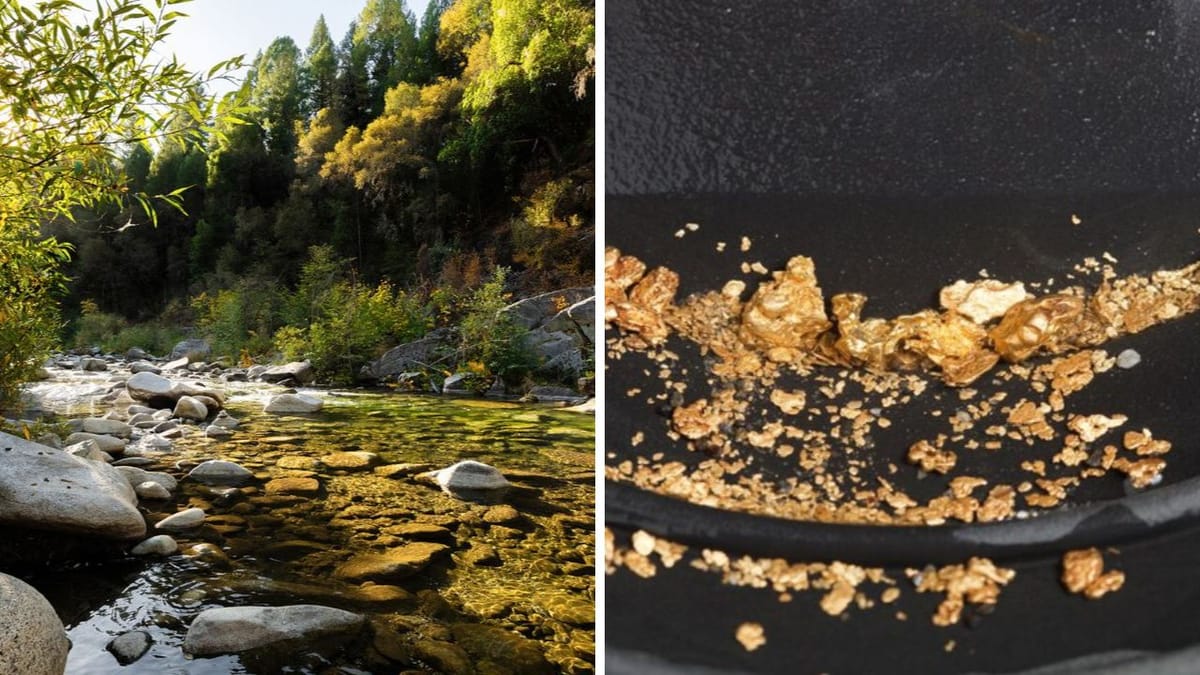
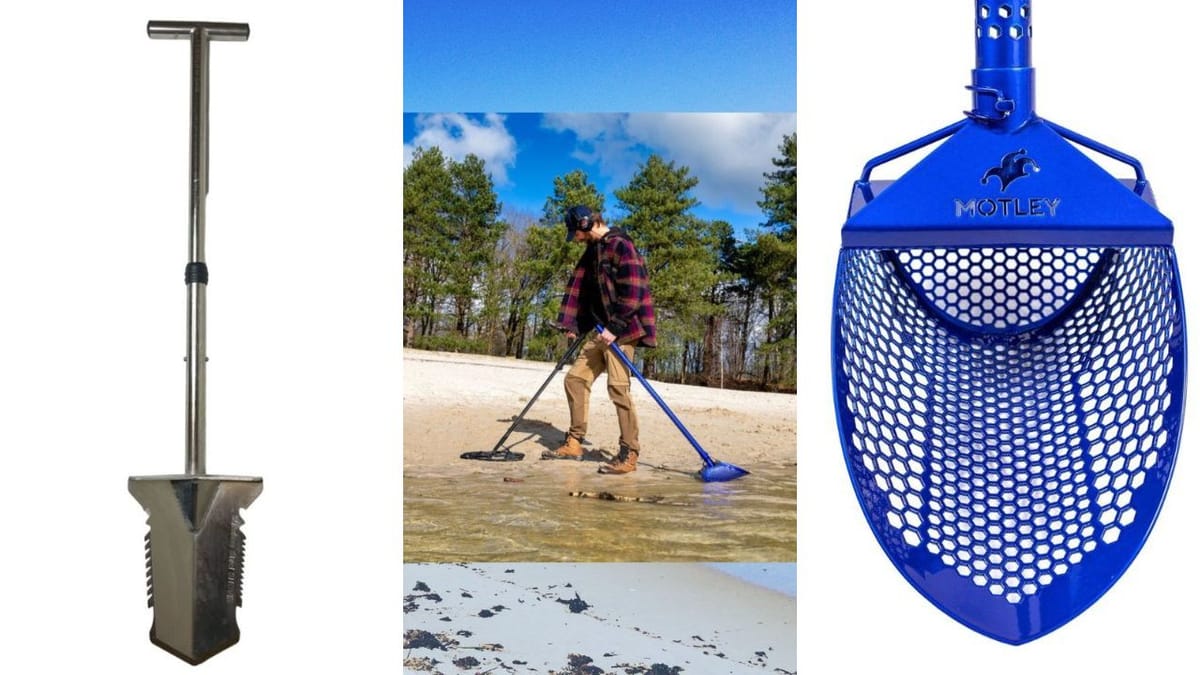

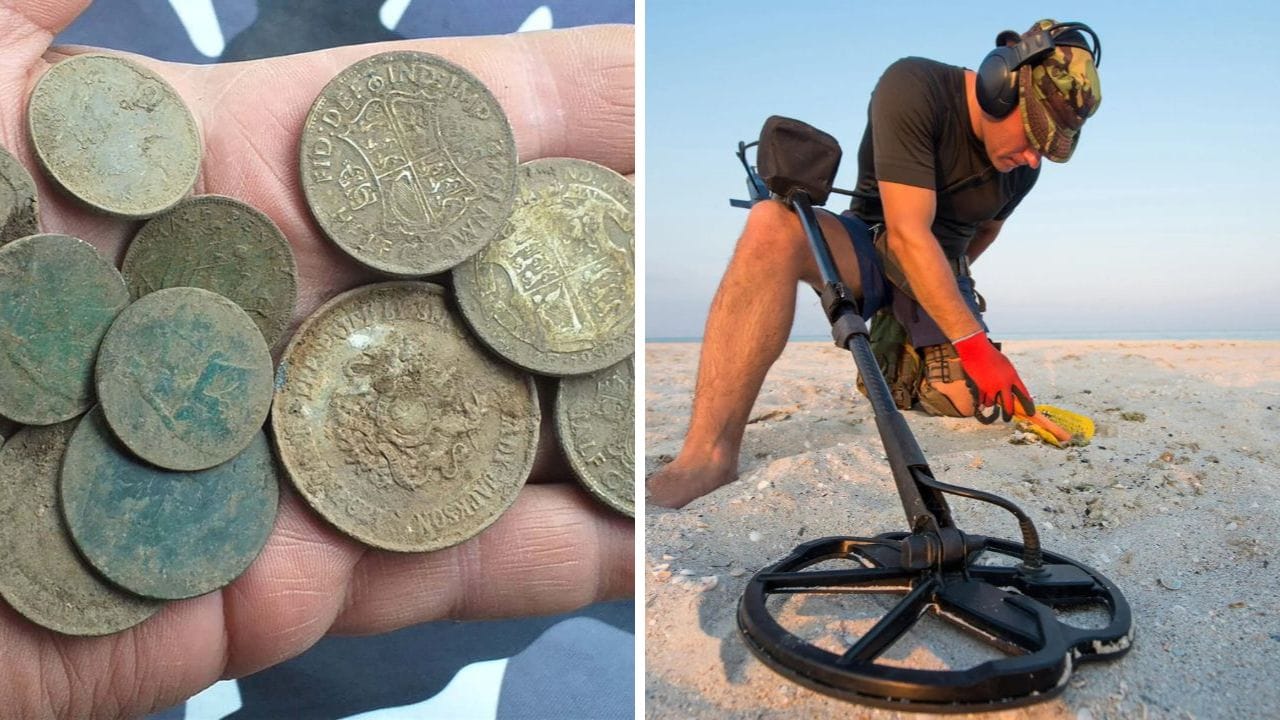




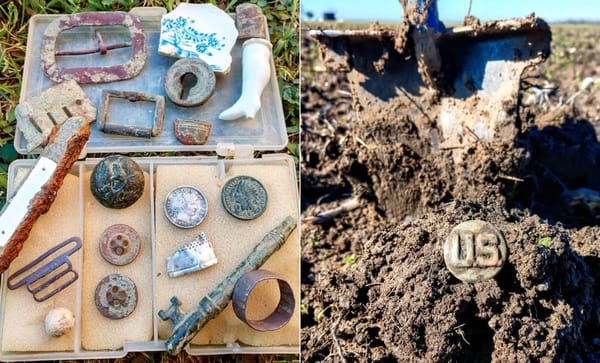
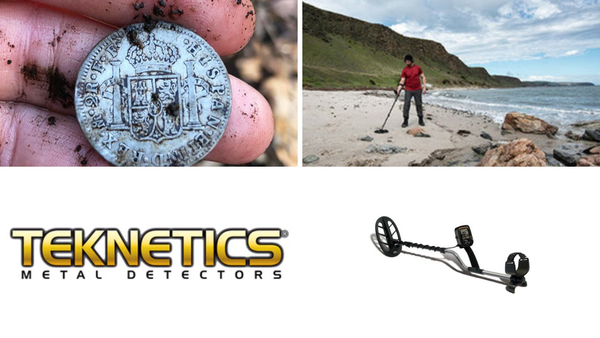
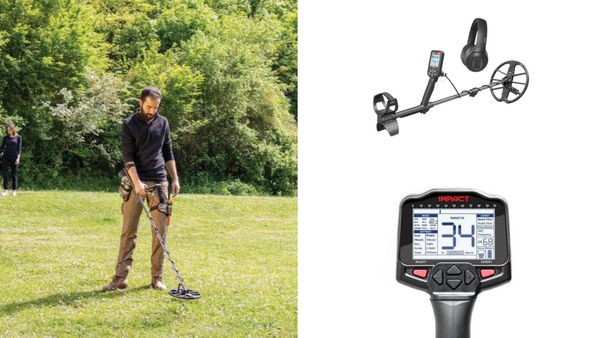
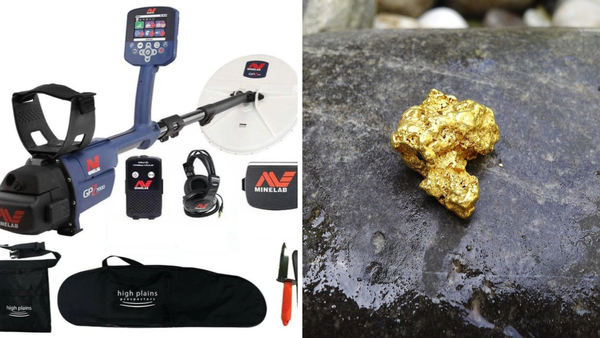
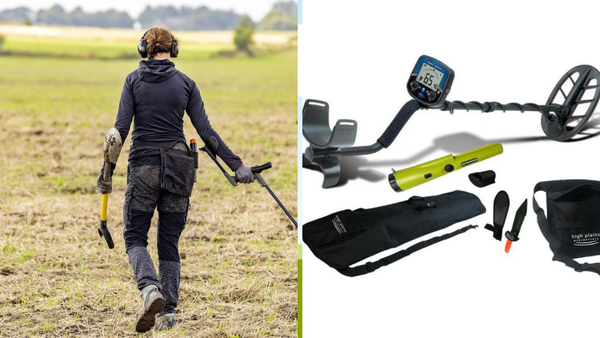
Member discussion